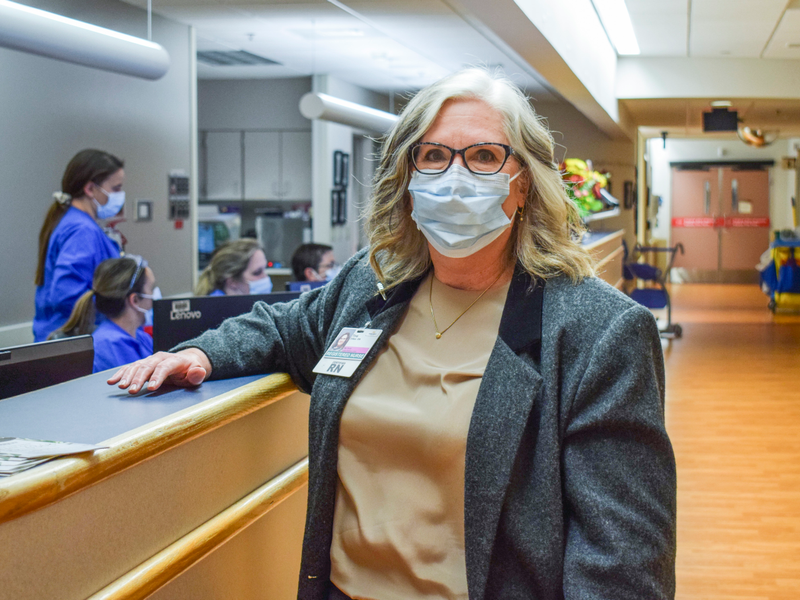[Interview] Dakota Lions Sight & Health Birth Tissue
Monument Health Rapid City Hospital had its first donation of birth tissue in September as part of a new program with Dakota Lions Sight and Health. Dakota Lions Sight and Health can now coordinate the donation and collection of amniotic membranes and umbilical cords from consenting mother's having a planned Caesarean section. Grafts made from birth tissue have anti-microbial and anti-inflammatory properties and have a wide range of medical uses. MED spoke with Labor & Delivery manager Tina Dillon for insight into the hospital's involvement in the birth tissue donation program.
MED: What prompted RCH to sign on to the birth tissue donation program?
TD: The first time I heard about the many uses for birth tissue was when Marcy Dimond of Dakota Lions Sight and Health came and met with us in August. It was new information for me, but the minute that we heard about it, we were thrilled to be a part of using this tissue that would normally be discarded to help so many people. Research is not new to Monument. Our team is very accepting of doing new things like this because they see the value. The day our staff met with Marcy was the day of our first donation.
MED: How did that first donation go? Is there a lot that hospital staff has to do?
TD: The first one went really well. DLSH does a great job of getting everything set up ahead of time. It is a very seamless process from our point of view. As soon as the baby is born and the placenta is delivered, it goes directly into the placenta basin and we hand that off to the technician in a sterile manner. They take care of the rest. Everyone involved with the delivery is aware ahead of time that this is going to happen, so there is not a big impact to our workflow at all.
MED: How and where does the donation process start? Is the hospital involved in that?
TD: The conversation starts in the physician's office well before delivery. Patients and physicians can discuss it if they know they are going to be doing a C-section. The office collects information from the patient and sends it to DLSH. DLSH stays in contact with the patient and with us at the hospital and they just show up the morning of the C-section to do the collection. If, for some reason, the placenta has to be kept for cultures or tests, they simply don't take it.
MED: We have heard that a single donation can produce enough tissue to help 20 to 40 people. How many donations do you expect to come from RCH?
TD: We do about 40 C-sections a month but only about 20 of those are scheduled ahead of time. So we anticipate being able to collect around 10 per month. We do not typically get to talk with the patients ahead of time, but the one patient I know of was very happy and excited to be involved. I think the more people understand how important and valuable this is, the more they are going to be willing to do it. There is no negative impact for mother or baby. It really is a win-win for everyone.
Read More: Learn more about the many uses of birth tissue collected by Dakota Lions Sight and Health on our website.

